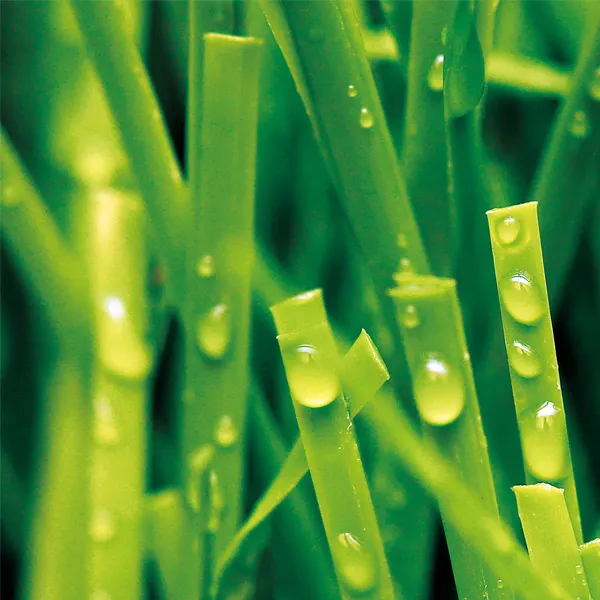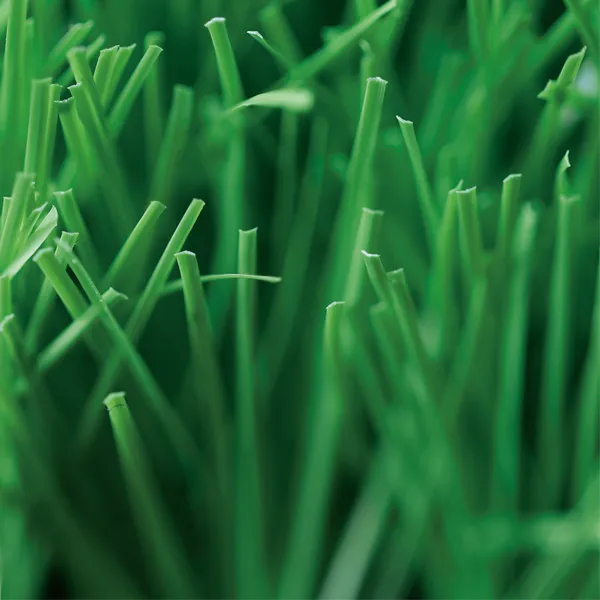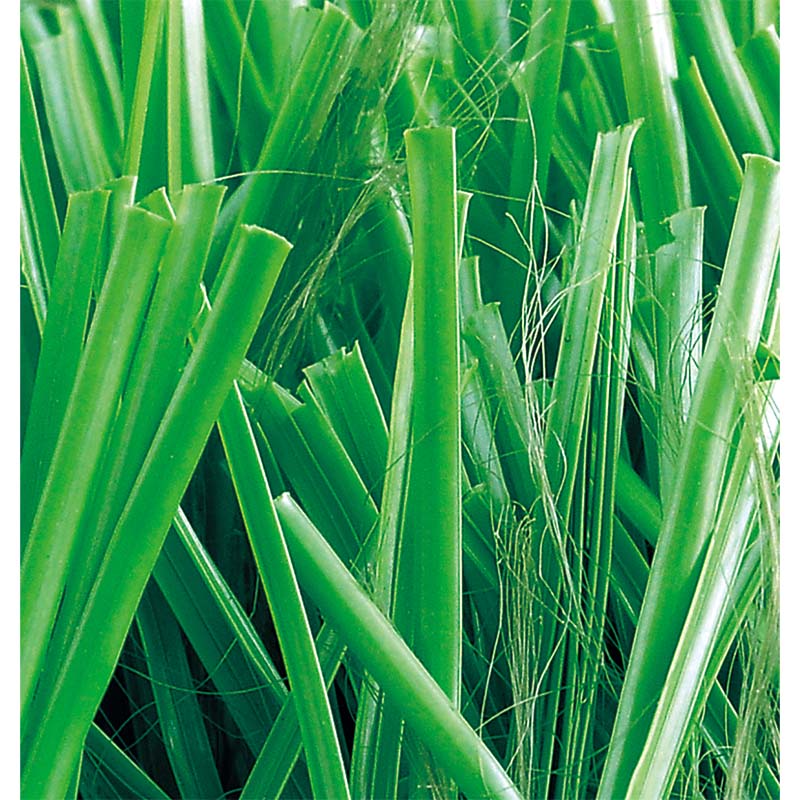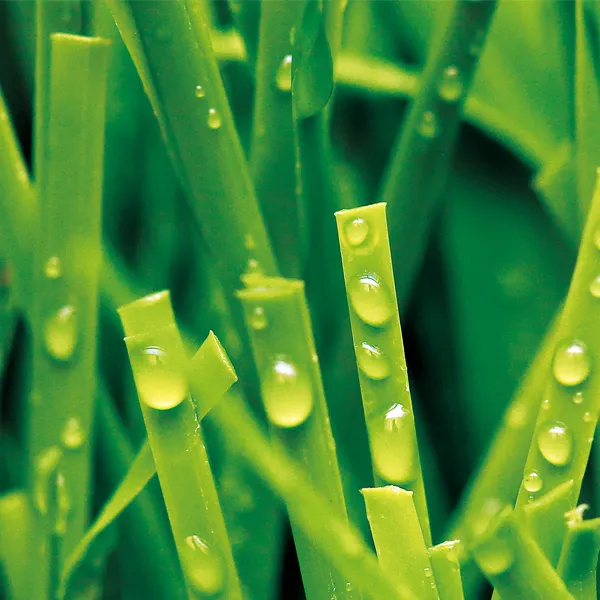High-Quality Base Material for Artificial Turf Manufacturers

Base Material for Artificial Turf Manufacturers Key Considerations
Artificial turf has become an increasingly popular alternative to natural grass in various settings such as sports fields, residential lawns, and commercial landscapes. One of the fundamental aspects that contribute to the quality and longevity of artificial turf is the base material used during its manufacturing. Selecting the right base material is crucial for performance, durability, and maintenance of the turf.
The base material for artificial turf typically includes various types of infill and backing materials that provide stability, support, and resilience to the surface. The most common types of infill materials are rubber, sand, and a combination of both. Rubber infill, often made from recycled tires, provides excellent shock absorption, which is essential for sports applications where player safety is a concern. Sand infill, on the other hand, offers drainage, helps maintain the turf's structure, and enhances its appearance.
Another critical element of the base material is the backing system, which can be tufted or woven. Tufted backing systems are more commonly used in sports fields due to their cost-effectiveness and ease of installation. Woven backing, while generally more expensive, provides additional strength and durability, making it suitable for high-traffic areas. The choice between these backing systems often depends on the intended use of the turf and the expected foot traffic it will endure.
base material for artificial turf manufacturer
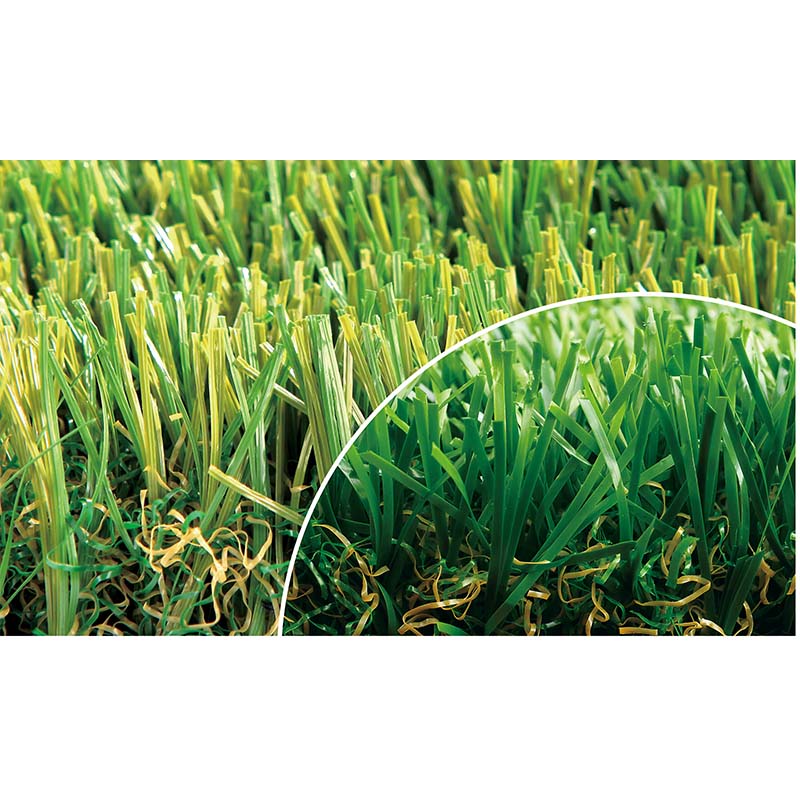
Besides infill and backing, the use of UV-resistant materials is essential in artificial turf production. UV protection ensures that the turf maintains its color and integrity when exposed to sunlight over extended periods. This is a particularly important consideration in warmer climates where sun exposure can rapidly degrade the turf’s appearance and performance.
In addition to performance factors, environmental considerations also play a significant role in the selection of base materials. Manufacturers are increasingly turning to eco-friendly options for both infill and backing materials. For instance, bio-based infills made from organic sources, such as coconut husk or corn starch, are gaining traction as sustainable alternatives. Such materials not only reduce environmental impact but also enhance the overall appeal of the product in the market.
Lastly, manufacturers must prioritize safety standards during the production of artificial turf. The base materials should be free from harmful chemicals and heavy metals, to ensure that the turf is safe for users, particularly in children's play areas or sports fields. Compliance with industry regulations and certifications can boost consumer confidence and ensure a higher standard of quality.
In conclusion, the choice of base material in artificial turf manufacturing is a multifaceted decision that impacts performance, durability, safety, and environmental sustainability. By considering all these factors, manufacturers can create high-quality artificial turf products that meet the diverse needs of consumers while promoting a healthier planet.
With years of expertise in artificial grass, we're dedicated to providing eco-friendly, durable, and aesthetically pleasing solutions.
Our commitment to quality and customer satisfaction shapes every blade of grass we produce,
ensuring that we not only meet, but exceed,your landscaping expectations.

